Darfur and Sudan aid distribution hampered as bridges succumb to floods
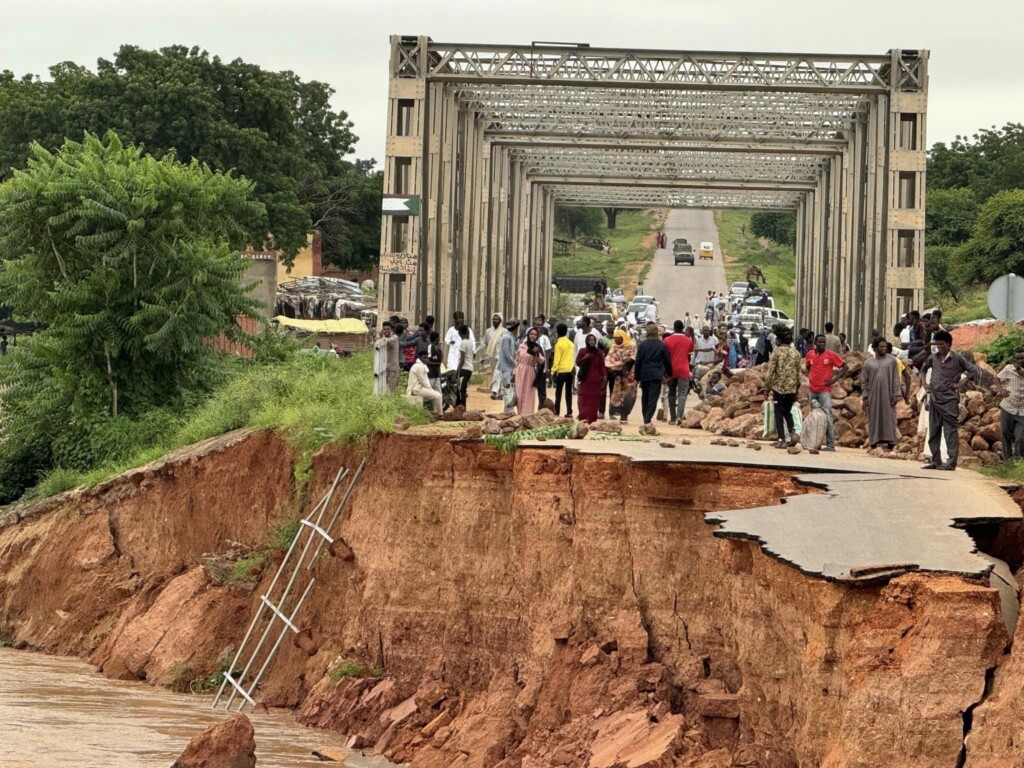
Wadi Kaja Bridge in El Geneina City has been washed away bt flood waters (Photo: El Geneina Emergency Room)
Humanitarian convoys bound for Darfur and elsewhere in Sudan, especially via the Adré crossing at the Sudan-Chad border, which was recently opened for aid, face the additional challenge of damage to essential infrastructure following unusually heavy rains in Sudan.
National and international sources lament that the floods have washed away essential links, particularly the Azum Valley Bridge over Wadi Barei at Mali, 50 kilometres east of Murnei in West Darfur, which forms a critical logistic link between West, Central, and South Darfur. S reported separately by Radio Dabanga, dozens of people died over the weekend after the collapse of the Arbaat Dam, 20 kilometres north of Port Sudan.
The collapse of four main bridges linking the states of Darfur due to the floods and rains that fell during the current autumn season has become an obstacle to delivering humanitarian aid to the residents of the region who are threatened by famine. Moreover, the hopes of these residents to save their lives after the Port Sudan government agreed to open the Adre border crossing with Chad may fade with the fall of more rains that have also closed the paved and unpaved roads linking the region with neighbouring countries.
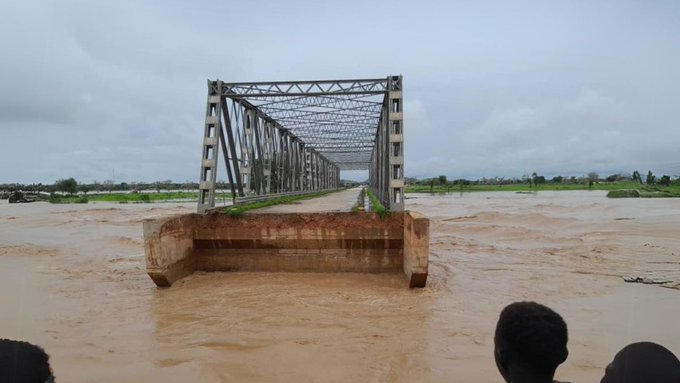
According to callers from Darfur who spoke to Radio Dabanga, the collapse of the four bridges led to a complete halt in movement from West Darfur to Central, South, East and North Darfur.
Journalist Mohyieldin Zakaria from El Geneina explained that the floods swept away the Um Duweyn Bridge, which connects the east of the city to the west, in addition to the Murnei Bridge, 83 kilometres away on the road linking the cities of El Geneina and Zalingei, in addition to the complete collapse of the old Ardamata Bridge, which was built in 1945, and the partial collapse of the new Ardamata Bridge from the eastern and western sides of Wadi Bari. Zakaria said that the state government is currently working hard to rehabilitate the new Ardamata Bridge. He confirmed that the effects left by the floods and rains on the bridges do not allow humanitarian aid to reach the rest of the Darfur states.
Obstructing relief operations
The rapporteur of the El Geneina Emergency Room, Alaaeldin Babiker, says that the collapse of the bridges has a major impact on the delivery of humanitarian aid to all parts of Darfur, because it has separated West Darfur State from the rest of the states of the region, and therefore there is no way to deliver aid to Central, South, East and North Darfur.
Babiker pointed out that the El Geneina-Zalingei road, where the bridges collapsed, is the only one that allows trucks to pass during the rainy season, and it is the only road that the region also depends on to obtain consumer goods and essential commodities coming from Chad. He added, “Now the commercial movement has been affected after the flow of goods stopped, so prices have risen in most cities and have almost tripled as a result of the stoppage of their flow.”
For his part, Mohamed El Shabek, a humanitarian expert, pointed out that the city of El Geneina has become isolated from the rest of the main cities in Darfur states after some bridges were damaged due to heavy rains and the autumn season. However, he added that this will not affect the situation for a long time and that El Geneina’s isolation will not last, given that natural phenomena such as rain and floods are common in these areas. He expected that the issue of road closures due to the autumn will not last more than 15 days because the rainwater is drained naturally, which will enable trucks to continue distributing relief.
He added that organizations may resort during this period to intensifying traffic through the El Tina crossing and the Ed Debba road to overcome this dilemma. These are roads that were used before reaching the agreement to open the Adre crossing in Geneva, which means that humanitarian work will not stop for a long time due to this dilemma.
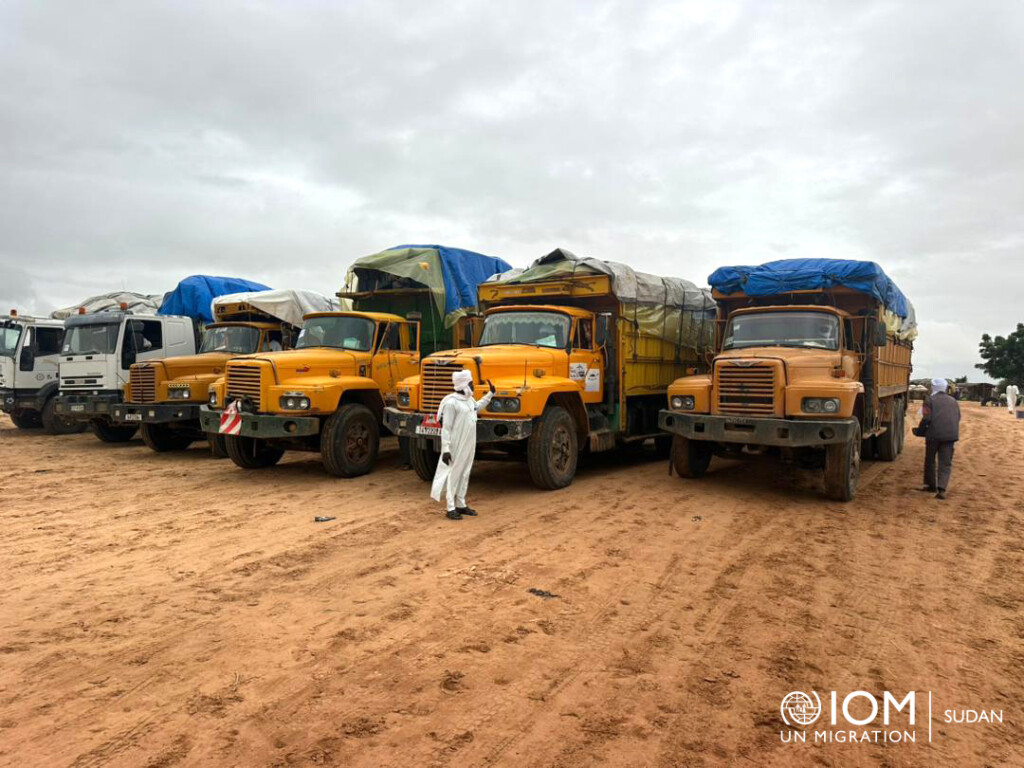
Livelihood effects
A citizen from the Murnei area in West Darfur said that the collapse of the Murnei Bridge, which connects West and Central Darfur, has had repercussions on the social and economic situation, as it has led to an increase in the prices of goods coming from Chad, which most areas of the region depend on, in addition to the spoilage of fruit shipments coming from Jebel Marra due to the inability of trucks to reach the markets in West Darfur, causing great losses to traders.
She pointed out that trucks carrying food supplies arrived in the Murnei area in the past two days, but the question is how this aid will reach Zalingei after the collapse of the bridge.
An official in Azum locality, who requested anonymity, said that the collapse of the Murnei Bridge had a major impact on life in the locality, especially the rise in prices of consumer goods and food items, noting that the price of a 50-kilogram bag of sugar had risen from 150 to 220 thousand pounds, and the price of a bag of millet had risen from 10 to 15 thousand pounds. He added, “All areas of Azum and Rongatas localities were greatly affected by the collapse of the bridges linking West and Central Darfur, because we depend mainly on goods coming from Chad, and it also affected farmers’ access to their farms.” Meanwhile, Zubayda Awad Ahmed, a citizen from Murnei, revealed that families were isolated from each other due to the collapse of the bridge, which led to a deterioration in the living conditions of families.
Possible alternatives
The citizen from the Murnei area warned that there is no way to deliver humanitarian aid other than airdrops, and she pointed out that there is another road (El Geneina-Saraf Omra), but it also passes through Wadi Bari, and it is difficult to cross in light of the heavy rainfall in addition to the poor security conditions on this road.
The Rapid Support Forces, which control four of the five Darfur states, had suggested to the United Nations, according to its press conference on Sunday afternoon, August 25, in Geneva, that the airports of Zalingei, Geneina, Nyala and Ed Daein be used to transport relief, but humanitarian affairs expert Mohamed El Shabak ruled out this option for reasons related to the fact that the United Nations would not agree to the use of these airports without the approval of the Port Sudan government, which it considers the sovereign authority. These airports have also suffered heavy losses as a result of being the scene of violent battles as strategic targets, and their re-operation requires extensive maintenance of the runways, control towers, and logistical capabilities for storage and fuel. Finally, airdrops and air transport are expensive and always related to limited quantities, which makes them unlikely as an option. Meanwhile, journalist Alaa El Din Babiker pointed out that unless the United Nations agencies intervene and rehabilitate these bridges and roads cut off by floods, relief will not reach the areas suffering from famine.







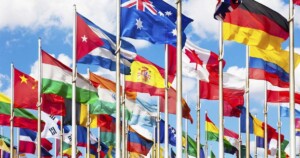
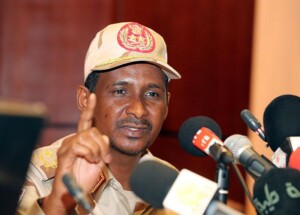
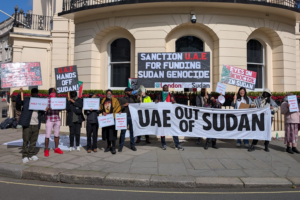

 and then
and then